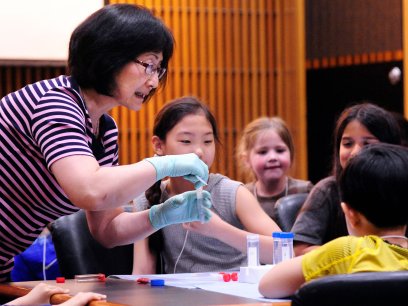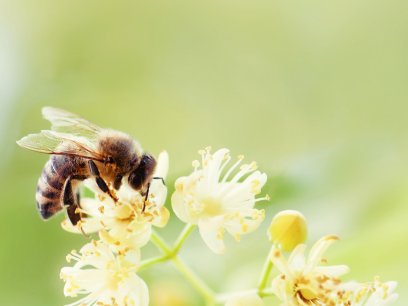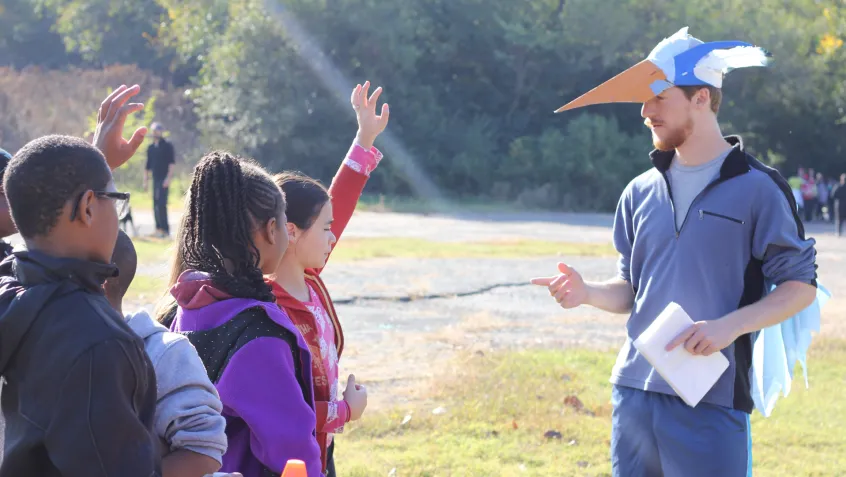
Hiking, forest bathing, snowshoeing, bird watching—no matter what time of year it is, there are so many ways to enjoy your local public lands. State and local parks can be treasure troves of diverse wildlife, cultural heritage, and unique landscape features, all right in your backyard!
These areas are also prime locations to try your hand at citizen science as you hone your nature observation skills by identifying some of your feathered, scaled, or leafy neighbors.
What Is Citizen Science?
Citizen science is also known as community science or participatory science. It means getting the general public involved in scientific research in a variety of ways, including:
- Formulating research questions
- Conducting scientific experiments
- Collecting and analyzing data
- Interpreting the results of data
- Making new discoveries and solving problems
Many citizen science projects involve crowdsourcing, which provides opportunities for large-scale information collection and quick problem solving. These projects bring community members, scientists, and public land managers together to build better understanding about environmental issues. A variety of citizen science opportunities are available through the National Park Service, US Forest Service, National Oceanic and Atmospheric Administration, and other federal agencies. State and local parks also frequently host citizen science events to learn more about specific questions or challenges their ecosystem faces.
Why Does Citizen Science Matter?
By participating in citizen science at your local park, you're helping highlight the natural marvels of your community. You don't need a scientific degree to take part—just a strong interest in your surroundings. No one knows your home better than you do, and you can help share that information with scientists and researchers, so that everyone knows what makes your area special!
Citizen science can have a big impact. It connects people who care with specific projects that will benefit from their dedication. The massive scale of these collaborations can lead to rapid advances across fields including ecology, astronomy, engineering, and many others. Perhaps most importantly, increasing public participation in scientific research helps people better understand the value of science and their role in the world around them.
How to Get Involved in Citizen Science Year-Round
Here are a few projects you can participate in as a citizen scientist in state and local parks throughout the four seasons.
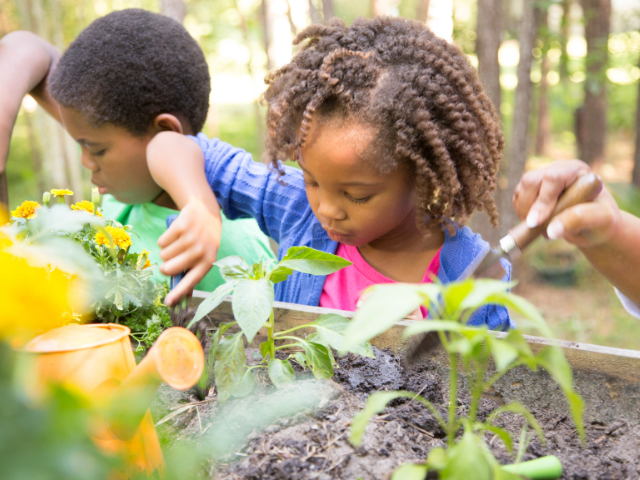
Spring Activities
Record Bird Sightings: Take advantage of spring migratory patterns to record your bird observations using eBird, a real-time, online checklist that feeds into one of the world's largest and fastest-growing biodiversity data resources. Your contributions will help scientists map the abundance and distribution of bird species across the world.
Count Butterflies: Participate in a one-day butterfly count in your area for the North American Butterfly Association’s butterfly census. The results study the effects of weather and habitat change on butterfly populations.
Join the City Nature Challenge: The annual global BioBlitz run by the Community Science teams at the California Academy of Sciences and the Natural History Museum of Los Angeles County will next take place on April 25-28, 2025. It’s easy to get involved—simply find wildlife in your city, take a picture, and upload it to their online database.
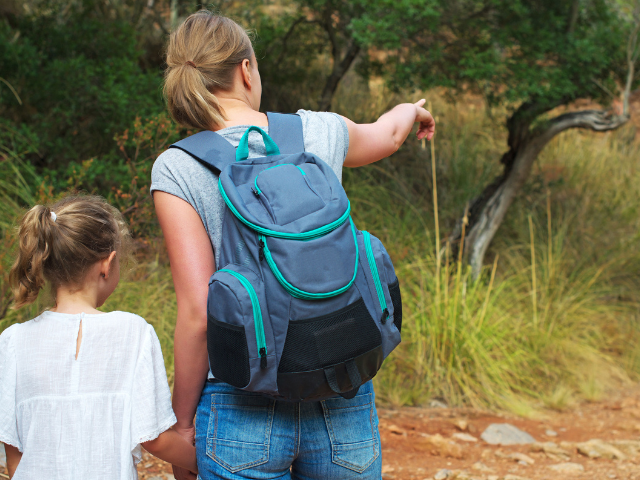
Summer Activities
Observe Wildlife and Plants: All you need is a smartphone or a computer to use iNaturalist, a crowdsourced species identification and organism occurrence recording tool. Take photos of plants, animals, fungi, and more that you come across in your local park and log your findings for scientists and your peers to help identify, contributing to the base of knowledge about our planet's biodiversity.
Count Pollinators: Join a community of gardeners, beekeepers, birders, and naturalists who participate in the Great Sunflower Project and provide thousands of records of pollinators each year to better understand where bees and hummingbirds are thriving and where they may need help.
Identify Frog Calls: Between February and August, you can join FrogWatch USA’s project recording the calls of frogs and toads in wetlands near you to identify rare or invasive species and highlight possible long-term shifts in species diversity and range.
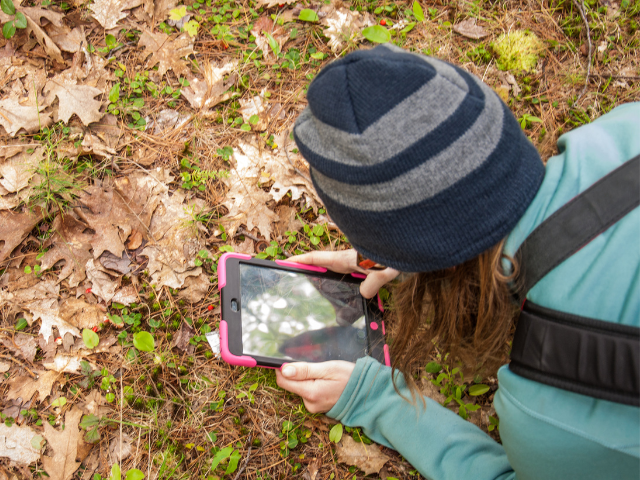
Fall Activities
Identify Seasonal Changes in Plants and Animals: You can contribute to climate change research by documenting phenological changes in flora and fauna in your area's parks using Nature’s Notebook. This data will help policy makers, land managers, and scientists who want to learn more about seasonal changes observed in plants and animals across the country.
Document Changing Landscapes: Add a photo to Chronolog to create a time lapse that shows how changes in the environment occur gradually over time. Search the map for a location near you.
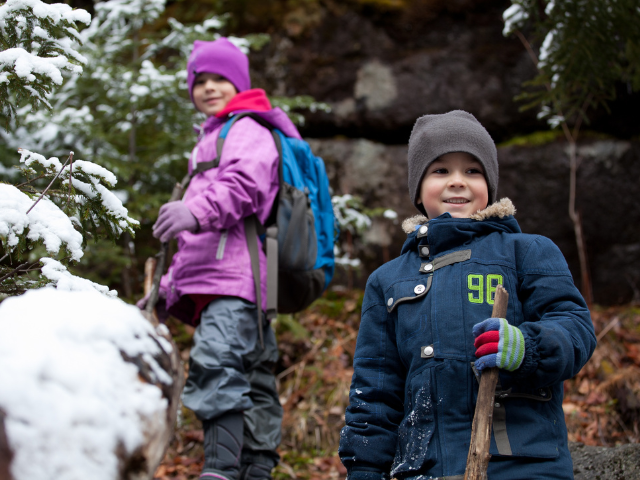
Winter Activities
Monitor Weather: Every drop counts! Community Collaborative Rain, Hail and Snow Network (CoCoRaHS) volunteers learn how to measure precipitation using a rain gauge and hail pad, record their data, and report their measurements online. Data collected by volunteers complements observations made by the National Weather Service and is used by local meteorologists, researchers, emergency managers, farmers, outdoor enthusiasts, teachers, and others.
Go Stargazing: Winter is the best time of year for stargazing, and you can turn this fun activity into a learning opportunity by tracking the International Space Station, looking for planets, measuring light pollution in your area, and more.
Join the Christmas Bird Count: The nation's longest-running community science bird project occurs December 14 to January 5 every season. This wildlife census organized by the Audubon Society helps scientists assess the health of bird populations.
Mark your calendar for Global Citizen Science Month in April and visit the event website for resources to help you plan a citizen science project of your own, any time of year. For more environmental education resources, check out NEEF’s toolkits and activity guides for all ages.
